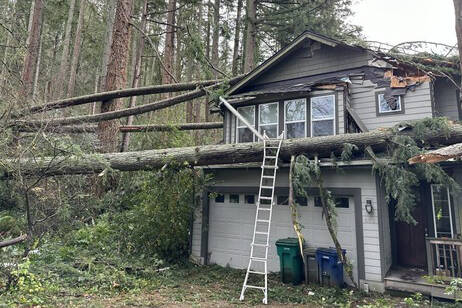Since 2009, the number of animals inching toward extinction has nearly doubled in the Pacific Northwest.The troubling development is spelled out in a new study being presented today at the Salish Sea Ecosystem Conference in Vancouver, B.C., by the SeaDoc Society, a UC Davis-based research group.”We’ve been tracking these numbers since 2002, and this is the biggest increase we’ve ever seen,” Dr. Joe Gaydos, the study’s co-author tells Seattle Weekly. “The thing is that people are paying attention. The bad thing is we have a lot of species listed right now.”Animals like the Pacific hake, tufted puffin, Olympia oyster, leatherback turtle, and bald eagle are among the 50 animals either listed as threatened, endangered, or needing some kind of added protection. In all, the researchers counted 113 such animals in British Columbia and Washington state. That number was 64 in 2009.Here is the tally for at-risk animals in the region.Gaydos says that the key to stopping the trend is getting people to care about the animals and their habitat. And in the current economic and political climate where public funding for conservation is under attack, he says that doing the kind of outreach they need is difficult.Still, Gaydos says that economics is a crucial point to remember when thinking about the importance of species preservation. “Wildlife watching employs about 21,000 people in Washington state,” he says, citing Washington Department of Fish and Wildlife numbers. “That might not be more than Boeing, but it’s more than Microsoft.”Read the full study here. Follow The Daily Weekly on Facebook and Twitter.
More Stories From This Author
FEMA denies funds to WA for damage caused by 2024 ‘bomb cyclone’
Gov. Bob Ferguson says federal funds are needed to address $34 million in damage caused by the storm, and that the state will appeal.
SAVE Act could disenfranchise millions of voters
Congressman reports law could cost Washingtonians over $361 million just to register to vote.
Board recommends Dow Constantine as new Sound Transit CEO
In his 16th year as King County executive and on the Sound Transit Board; pay could be $675,000 annually





